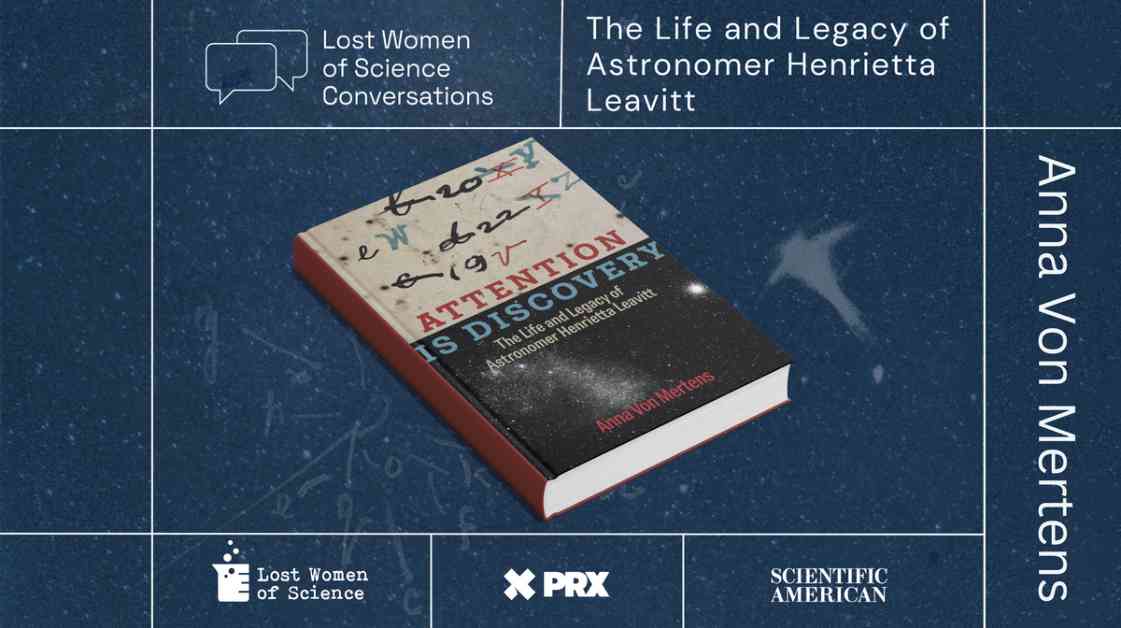Anna Von Mertens, a visual artist, has delved into the life and work of astronomer Henrietta Swan Leavitt in her book, “Attention Is Discovery.” Leavitt, known as a “human computer,” meticulously studied glass plate photographs of the sky at the Harvard College Observatory in the early 20th century. She developed a system for measuring vast distances within the universe by observing the brightness of stars, particularly variable stars.
Leavitt’s groundbreaking discovery of the period-luminosity relationship, known as Leavitt’s Law, revolutionized astronomy. Her method allowed astronomers like Edwin Hubble to calculate the distances to pulsating stars, known as Cepheid variable stars. Hubble’s subsequent work, such as identifying galaxies beyond the Milky Way, was made possible by Leavitt’s foundational research.
Despite the importance of her work, Leavitt and other women at the Harvard College Observatory, known as the “Harvard Computers,” were often overlooked in historical narratives. These women played a crucial role in advancing astronomical research by analyzing data from glass plate photographs, paving the way for significant discoveries in cosmology.
Through her book and artwork inspired by Leavitt’s legacy, Anna Von Mertens highlights the dedication and attention to detail required for scientific breakthroughs. The story of Henrietta Swan Leavitt serves as a reminder of the impact of focused, methodical attention in unraveling the mysteries of the universe.










